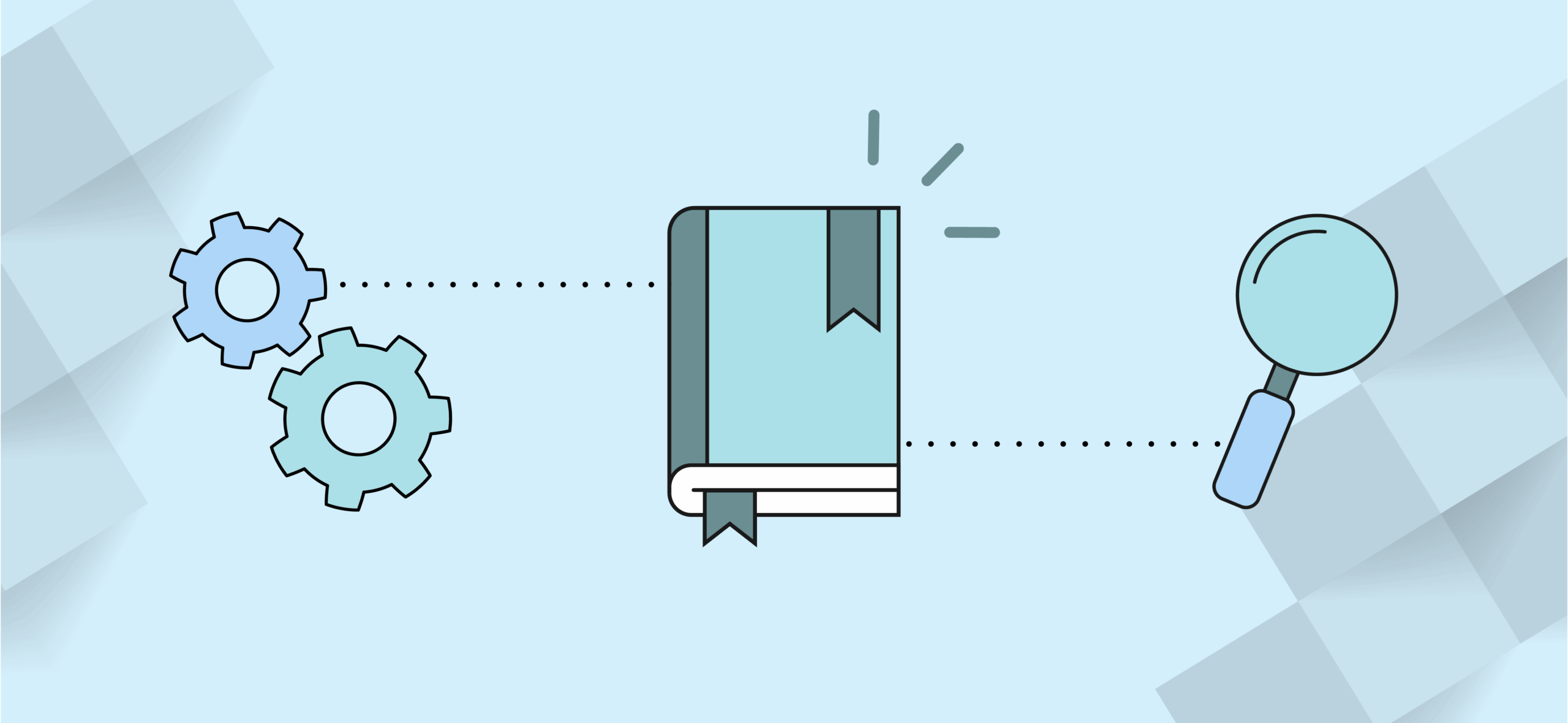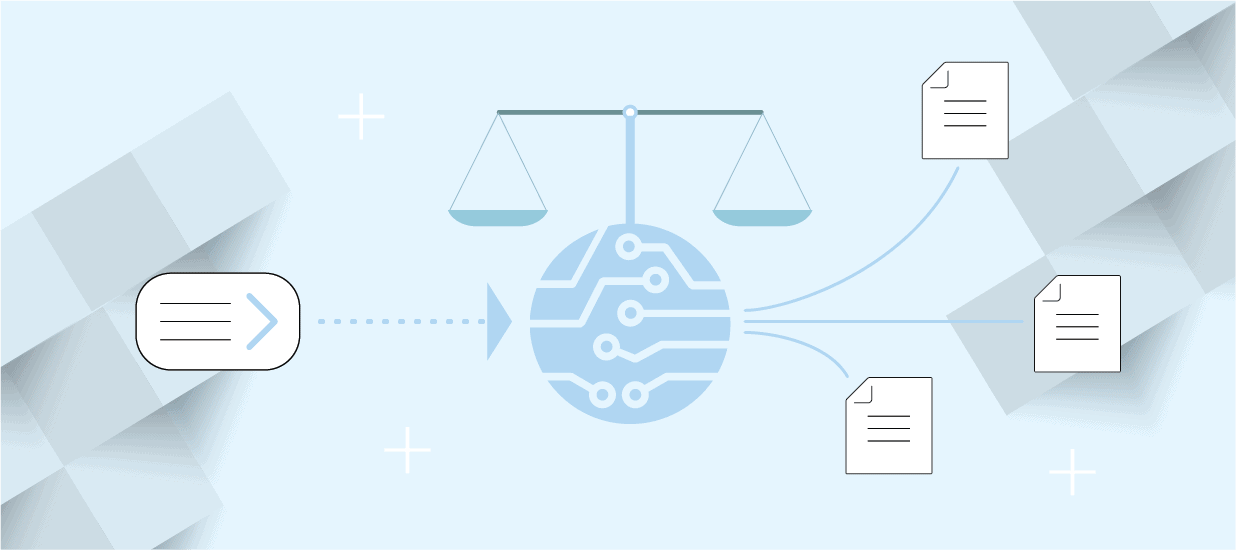Product management, marketing and development teams are getting more in tune with the needs of customers and potential buyers than ever before. When executed correctly, this results in better products, more successful launches and faster adoption. But while more companies are taking the time to get to know their customers, many are not using collected feedback as effectively as possible.
The breakdown is not because of a lack of skill in gathering and applying data, but because that data is too broad. Data and information gathering is either being generalized or recycled. It lacks insight and the rich context needed to properly assess a market and make product decisions.
A misfire in customer segmentation could mean the difference between a product failure and success. Broad markets need to be divided into subsets of consumers or businesses with common needs, interests or priorities, and then specific strategies to target them developed around that data.
Focusing on the wrong customer is a complete waste of time. It will lead to a product that has little or no utility or appeal for those it was intended for, and ultimately it results in an expensive and lackluster launch.
Truly understanding whom you should be building for will help reduce the complexity and scope of the first version of your product. This will enable your team to get to market quicker and help reduce cost and risk. Focusing on the right customer segments—the customers who have the greatest need and demand for your product—will streamline acquisition and drastically increase traction. Just as the right soil will help seeds sprout more quickly and produce healthier crops, proper segmentation will do the same for product launches.
Cultivating Customers Organically
Many product teams already take time to understand their customers at a surface level, by pushing surveys, reviewing product analytics and feature requests, but how do you dig deeper to create more insightful segments? It starts by spending time with potential customers and users. Pragmatic marketers have an acronym for this: NIHITO (nothing important happens in the office).
Surveys have their place, but to gain rich, meaningful “ah-ha!” insights, you have to open the dialogue with everyone from potential buyers to early adopters. Getting to know your market helps you understand the nuances and subtleties of their needs, which will help you develop important distinctions about what they care about and how they’ll use your product. As you move through testing the pains and gains, then products and features, and finally willingness to pay, take note of the attributes of these users. Age, gender, education level and income level are straightforward things to consider. Less obvious, but even more important: What critical problems do these users have or what challenges do they face on a daily basis? Are they technical or nontechnical? Early adopters or followers? Luxury shoppers or frugal consumers? Do they use your product in different environments or settings?
For enterprise products, important attributes to consider include company and team size, key business goals, vertical, spending budget and revenue. Also, is the customer product- or service-based? Multi or single location? Finally, what is the price of the product or service they are selling?
This is not an extensive list of attributes, and your team will need to determine the important ones for your particular product. But creating this list is a critical step in starting to segment, and, ultimately, to prioritize your customers.
Once you’ve segmented your customers, you can begin prioritizing these segments using relevant business criteria, such as:
-
- Product need/demand—Which users have the highest demand for your product? Why? Are there users that can’t do their job without your product vs. users that simply benefit from it?
- Market size/opportunity—How many potential customers exist in the market? How many customers are there in the smaller segments? For example, you may have an app that helps all SMBs (small-medium businesses), but discover that restaurants in the U.S. far outweigh dry-cleaning businesses.
- Ease of acquisition—Can you clearly identify the channels you’ll use to acquire them? Again, while restaurants represent a huge market, maybe they are harder to reach than plumbers and photographers who naturally promote themselves online.
- Sales cycle—How many touch points does it take to win them over? How many stakeholders are involved in a buying decision?
- Potential value to product/platform—Are they early adopters, sharers or potential brand advocates? Do they have a large budget or spending appetite? For example, some companies have targeted influential adopters and given their product away for free because they know they will share it with others. It’s important that you find your own early adopters.
Before wasting time building products or features customers don’t care about—or even marketing to the wrong subset—take time to segment based on these values. The data will help uncover potential untapped or underutilized segments and may even help you sidestep a potential product dud.
Nurturing Alignment
For anyone involved in product development and launch, you know how challenging it can be to align teams around one direction—no matter how large or small the team is. Having validated data about your assumptions helps ensure the team makes decisions based on facts rather than on ego, opinion or generalized data.
This approach ensures that during development the features prioritized are those that satisfy the core needs of ideal customer segments. Second-tier features can be parked until a later version or may be scrapped entirely. This not only reduces time to market and overall investment, but enables you to start testing the actual product sooner, and ultimately to generate revenue sooner.
Fertilizing for Immediate Impact
Data from customer segments will also impact the product’s branding and messaging. Whether it’s a consumer or enterprise app, users are growing accustomed to, and demanding, relevant and personalized messaging in the products they use.
Let’s take a fitness app. Without segmenting and prioritizing your users, you may struggle to find the right voice and tone that resonates with three distinct segments: hardcore triathletes, casual weekend runners and new mothers trying to get back into shape. Hardcore athletes may want harsher, more cut-and-dried instructions, while casual athletes may want friendlier, more laid-back and even funnier encouragement.
Whatever it may be, understanding the various segments will help your team develop a story (and give the app a personality) that will resonate with ideal customers. Baking this into the product through branding, features and messaging will support not only acquisition, but also retention and engagement.
Sales and marketing can use customer segmentation data to create more effective marketing campaigns and sales collateral. The marketing team gains invaluable insights into customer characteristics and behaviors that allows them to identify which channels to penetrate, strategies to execute on and the marketing messages that will more effectively attract users. Together, the sales and marketing teams can work cohesively to build the right messaging to get past gatekeepers, talk to decision-makers and answer questions.
Yes, proper customer segmentation takes time, but product teams are in it for the long haul. We all want to create winning products that have longevity in the market, and that begins with creating the right foundation. Segmentation is the key to building for—and targeting—the right customer and to cultivating a lasting relationship.
Author
-

Jesús Ramirez, a mission-driven leader with 22 years of experience, has made significant contributions at organizations such as Zazzle, DrFirst, and Stanford Pre-College Math Institute. With a rich career journey including roles at New Media Ventures and ReUp Education, Jesús exemplifies commitment to impactful leadership. His endeavors at Weave Education, Reelay, and STEP showcase a dedication to driving positive change. For questions or inquiries, please contact [email protected].
View all posts







